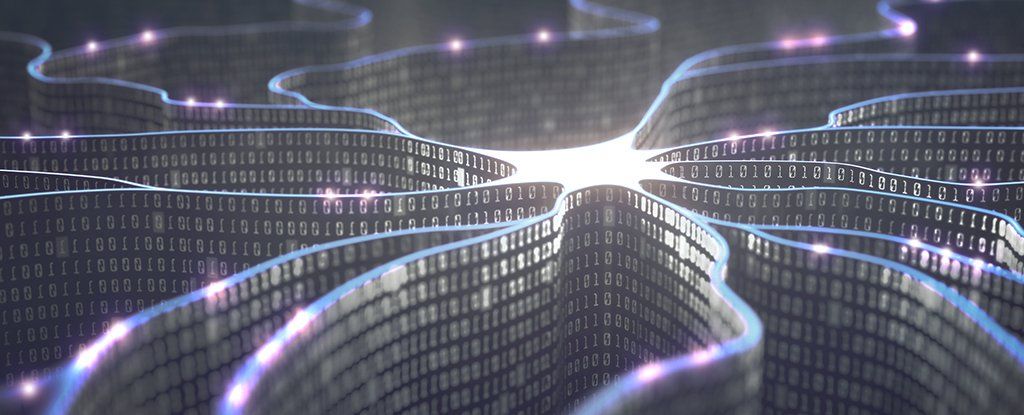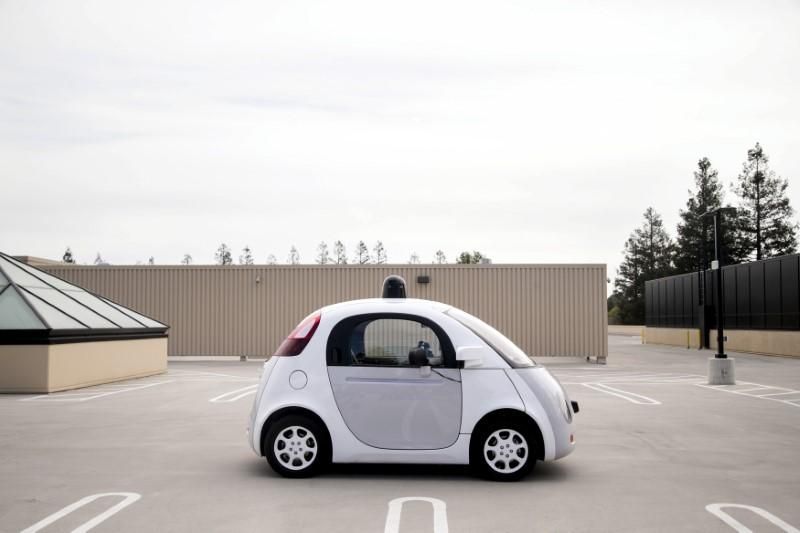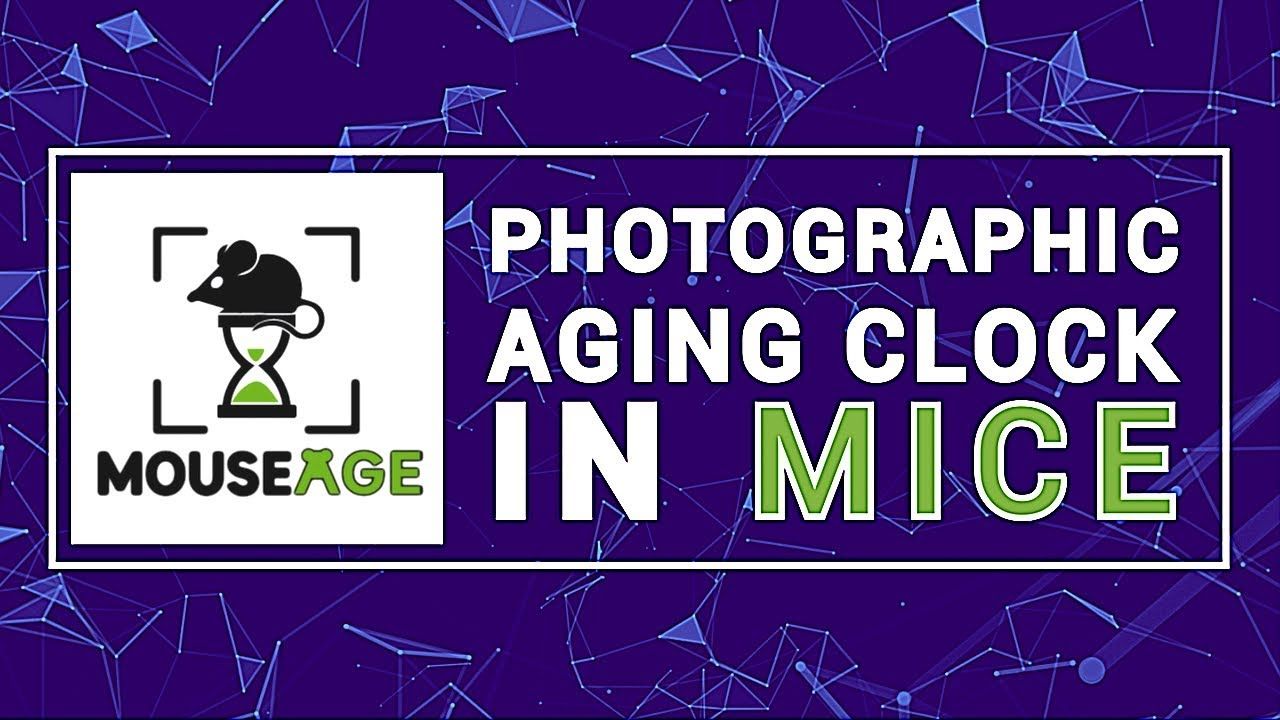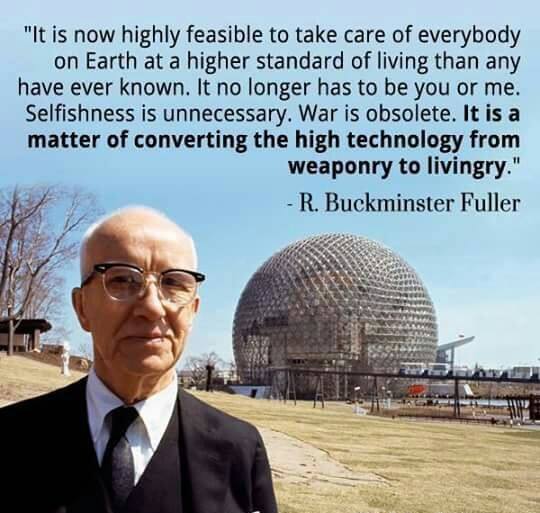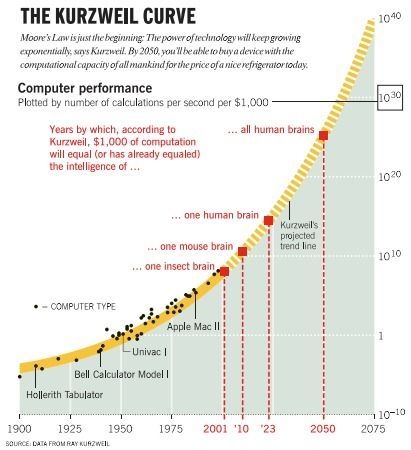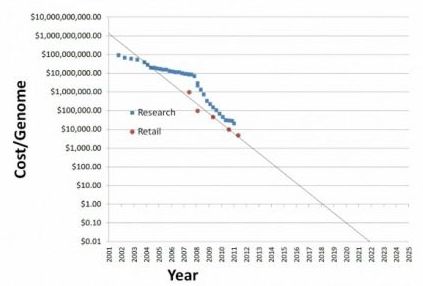The human brain is used as a comparison for how computer’s function. But, honestly, computers are nothing like human brains. Not yet, at least.
That could change as researchers have developed computing technology that uses light to mimic the functionality of a nerve’s synapse, opening the way for hardware that combines the speed of modern processors with the efficiency of brainpower.
Brains and computers are both systems that can model, manipulate, and store information. From there, they don’t tend to have all that much in common.
